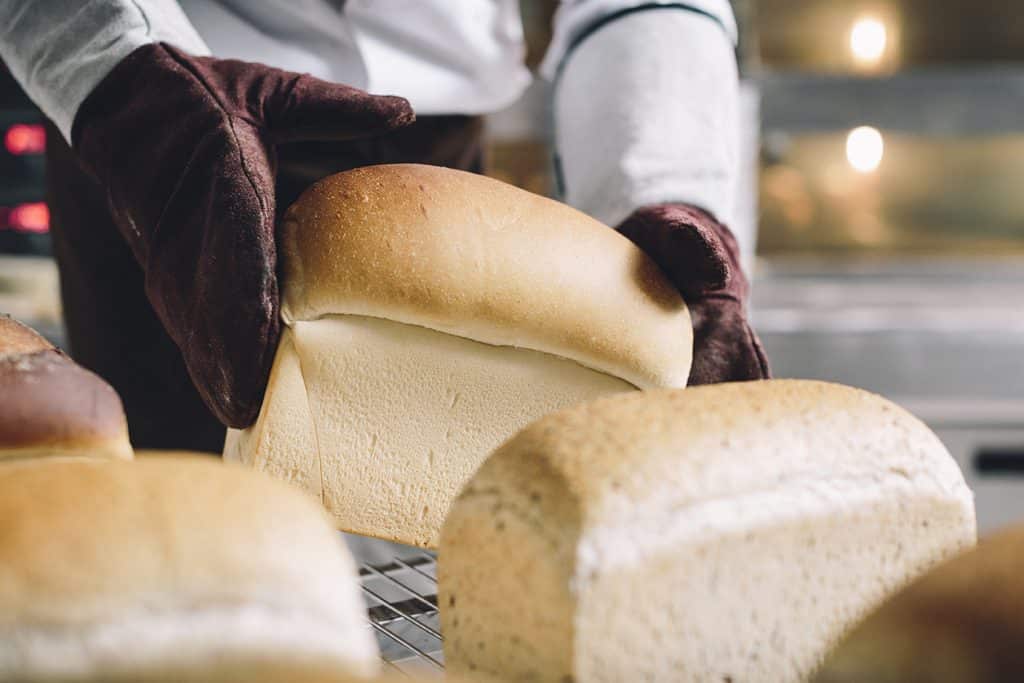
10 Sep How to control volume in breadmaking? Part 2 of 3
Volume is an appearance factor that is decisive for the consumer, in that it is assessed on first glance. A smooth fermentation process and the formation of the gluten network are pre-requisites for obtaining adequate volume and rely on a great many technical parameters involving both the choice of ingredients and process. This article takes a look at the functional ingredients that impact upon volume in bread dough.
Flour quality
Flour, the major component of dough, plays a decisive role in achieving adequate loaf volume. Several parameters are key to the composition of flour and are determined by agronomical factors (wheat variety, climate conditions during cultivation and harvest, wheat storage conditions) and milling conditions (varietal blends, milling procedure, maturation time prior to use in breadmaking, etc.).
- Gliadins and glutenins, the insoluble proteins found in wheat flour. The total amount of gliadins and glutenins, comprising the gluten network, not to mention their ratio, determine the dough’s visco-elastic properties. A balanced elasticity/extensibility ratio is required (provided by the glutenins and gliadins respectively) for achieving satisfactory volume.
- Damaged starch, with a rate of between 5 % and 10% will provide yeast with a satisfactory substrate for their fermentative activity.
- Arabinoxylans are sugars, which are not assimilable by the yeast, but which are able to harness up to ten times their weight in water. The water thus retained is not, therefore, available for the gluten network to form from proteins. This compromises the dough’s rheological properties and the achievement of volume (Autio, 2006).
- Polar lipids (0.6 to 1 % of flour), which include phospho-lipids and glycolipids, have an impact on dough viscosity and plasticity.
Water
The amount of water added to the liquid ingredients is key to obtaining a satisfactory dough consistency. Too much water will give a “weak” dough, in other words lacking strength, thereby making it difficult to work, promoting collapse and thus adversely affecting the final volume of the loaf. Conversely, too firm a dough obtained through lack of hydration will compromise its development by reducing its extensibility.
Yeast
Yeast in doses that are too high will accelerate fermentation and thus result in a decrease in dough tolerance, which is likely to undermine the achievement of volume.
Salt
Salt has opposing effects on the different technological parameters involved in obtaining loaf volume: it slows the kinetics of yeast fermentation, thereby resulting in a decrease in CO2 production and a longer proofing time. However, it strengthens the gluten network and therefore its gas retention properties.
